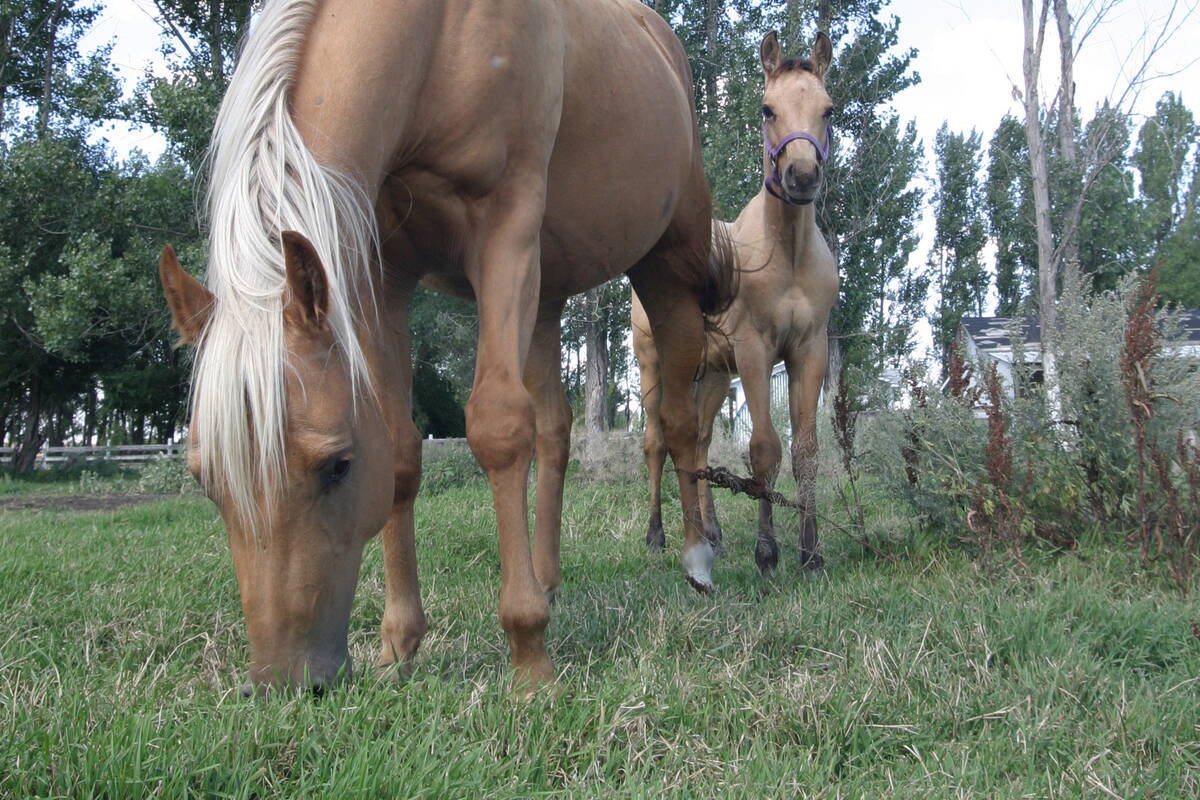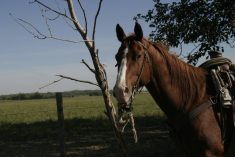When horse owners discover the benefits of quality chiropractic care for themselves they will often seek out the same for their horses. This has brought forth a growing trend in the horse industry for animal chiropractors. Chiropractic work does not replace traditional veterinary medicine, yet it can provide a complementary approach in the diagnostics and care of health and performance problems. When indicated, chiropractics can be an effective tool to benefit the attitude and physical abilities of the horse.
Postgraduate training is provided to human chiropractors and veterinarians in the areas of canine and equine chiropractics. The field of study requires at least 220 credit hours of study over a six-month duration to be awarded the degree. Currently there are five approved animal chiropractic programs, one in Canada, one in Europe and three in the United States.
Read Also

Ignoring growth plates sabotages young horse development
Young horse training plans and workloads must match their skeletal development. Failing to plan around growth plates can create lifelong physical problems.
The principles of animal and human chiropractics are similar, focusing primarily on the health of the spinal column. The nervous system of the body is housed by the spinal column, travelling first within it and then moving outward from the spine. Any interference in its course of travel will directly hinder the nervous messages of the body. The generic goal of chiropractic work is to remove nerve interference, primarily along the spine, and allow the body to be healthier as a result of improved neurological function.
When a chiropractor says that a “joint is out” or the “back is out” they do not mean the joint is totally displaced as this would obviously require medical attention. When chiropractors use this simplistic lay term they are describing a subluxation. A subluxation in chiropractic terms is when a joint is not moving effectively or efficiently, however, contact between joints surfaces has remained intact. It is essentially a functional entity which influences blood flow, muscular responses, and nerve conduction. A chiropractic adjustment is an attempt to reset the joint, correcting its movement, blood flow, and nerve conduction. The adjustment itself is a high-velocity, low-force, controlled thrust of the hand directed in a specific direction on a specific joint.
The skilled and “listening” hands of a practitioner detect subtle changes in the health and movement of the spine, noticing pain/sensitivity, muscular tension, incomplete range of motion, and increased warmth. When a subluxation occurs, the horse’s spine loses its normal flexibility resulting in stiffness, resistance and decreased performance. Compensation patterns then develop throughout the body as the horse attempts to protect its sore neck or back. These patterns result in altered posture, gait, and unsoundness.
Symptoms such as gait abnormalities, bucking, rearing, tail swishing, head tossing, pulling back, refusal, lack of impulsion/engaging of the hindquarters, behaviour problems, neck or back pain, muscle imbalances, toe dragging, uneven shoulders and hips, reluctance to stand for the farrier, short striding, stumbling or knuckling, and incompletely resolved injuries are commonly associated with spinal misalignments/subluxations.
Proper kinematics and movement of the limbs are heavily influenced by the spinal column. The highly innervated and delicate musculature of the spine is responsible for the “setup” of the limbs as they are engaged in motion. Unless primary causes of back pain are identified and addressed, most horses will have recurring unsoundness when returned to work, even after a period of medication or rest. Not all lamenesses respond to chiropractic adjustments but a large proportion do.
A consultation with an equine chiropractor starts with a thorough examination of the horse, including history, care and use. The chiropractor may ask to see the horse move through all gaits first without a rider, and then at times with the rider. The chiropractor will then pursue static and motion palpation of the spine and its joints. Following initial examination the animal chiropractor will adjust the affected area of the spine so as to return the joints to normal motion. In doing so muscle spasms and pain in the neck and back are often alleviated.
Chiropractics are used to discover underlying issues looking at the animals as a whole and helping the owner/rider/trainer understand why the horse is not moving or behaving correctly. It is important to recognize that horses need to be educated properly to carry a rider and themselves without incurring physical injury and developing unsoundness over time. Further influences to the success of a chiropractic treatment are dental alignment, hoof balance, tack fit, training and turnout. Addressing physical or pathologic problems such as strains, sprains, and degenerative joint diseases is also necessary for a successful adjustment. Once the reason for the misalignment/subluxation is discovered and addressed the need for chiropractic care is reduced substantially.















